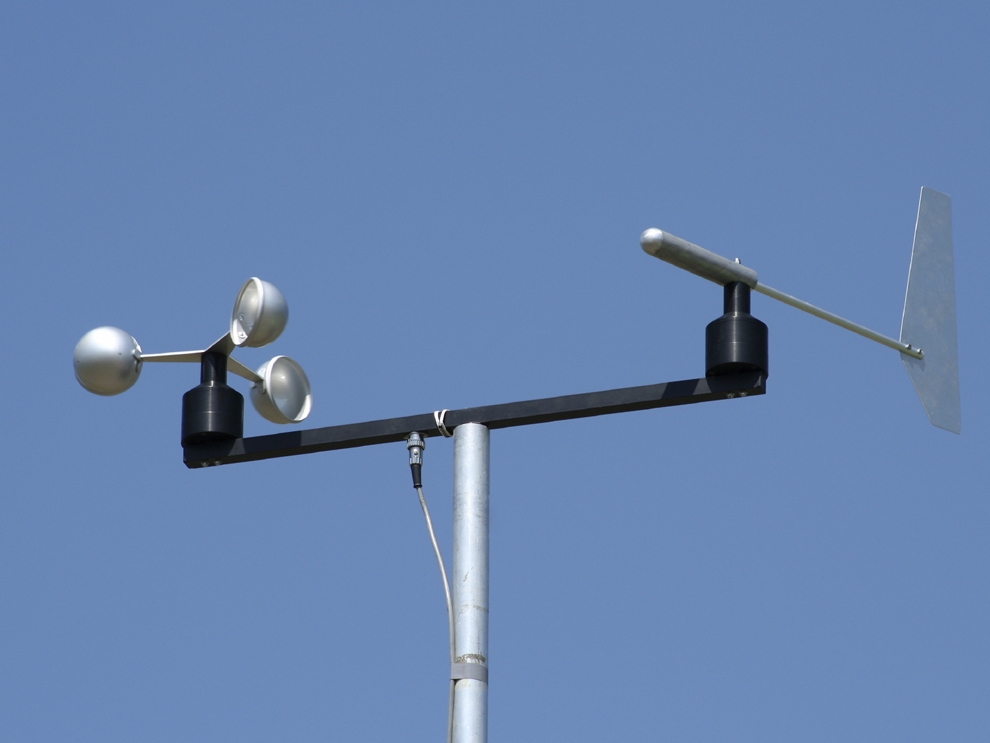Comparing Digital and Mechanical Anemometers: Which is Right for You?
Comparing Digital and Mechanical Anemometers: Which is Right for You?
Blog Article
All You Required to Know Concerning Anemometers: Exactly How They Work, Why They Matter, and Where to Use Them
Anemometers, however commonly ignored in the realm of clinical instruments, play a vital function in various areas, supplying beneficial understandings right into wind speed and air movement patterns. Understanding the auto mechanics behind these gadgets is essential for any person seeking to harness the power of this data. From meteorologists tracking climate patterns to engineers designing structures with wind lots in mind, the applications of anemometers are diverse and far-ranging. As we dive right into the details of anemometer technology, we will discover the internal operations of these gadgets, their significance, and the key considerations when choosing the right anemometer for specific applications.

Anemometer Basics
A crucial instrument made use of to determine wind speed and instructions, the anemometer plays an important function in weather forecasting and different industries. An anemometer generally is composed of 3 or four mugs that turn in the wind, a vane that directs into the wind, and sensors to track the motions or turnings.
There are numerous kinds of anemometers offered, consisting of cup anemometers, vane anemometers, hot-wire anemometers, and sonic anemometers, each with its one-of-a-kind functions and applications. Mug anemometers are generally used for standard wind rate measurements, while vane anemometers are liked for directional measurements.
Principles of Anemometer Procedure
Structure on the foundational understanding of anemometer basics, the principles of anemometer operation clarify the mechanics behind wind speed and direction dimensions. Mug anemometers, for circumstances, have 3 or more mugs that catch the wind, triggering them to spin quicker as the wind speed rises. Hot-wire anemometers depend on a heated cable that cools down as wind passes over it, with the price of cooling down figuring out the wind speed.
Relevance of Anemometers
Anemometers play an essential role in measuring wind rate and direction, offering essential information for weather condition forecasting, environment studies, environmental surveillance, and aeronautics procedures. Meteorologists depend on anemometers to collect precise wind data, aiding them recognize climate patterns, forecast storms, and issue prompt warnings to the public. Wind ranch operators make use of anemometers to assess wind problems and optimize electrical power production from wind turbines.
Applications Across Various Industries
In the renewable power field, anemometers play an essential duty in assessing wind conditions for wind ranch placements, guaranteeing ideal power production. Industries like construction and mining make use of anemometers to keep track of wind rates, essential for security methods, especially when functioning at heights or in open-pit mines where strong winds can posture threats. In farming, anemometers assist farmers in taking care of plant spraying by providing real-time data on wind speed to avoid drift.

Picking the Right Anemometer for Your Demands
Choosing the appropriate anemometer tailored to your certain needs is vital for obtaining precise wind speed and instructions see page dimensions. When picking an anemometer, think about aspects such as the desired application, required dimension array, environmental conditions, and wanted functions. For general purposes, a mug anemometer is appropriate for gauging wind speed, while a vane anemometer gives wind instructions information. Hot-wire anemometers are excellent for low airspeed dimensions, and ultrasonic anemometers offer over here high precision and sturdiness.

Verdict
In conclusion, anemometers play an important role in measuring wind speed and direction throughout numerous markets. It is important to take into consideration the value of anemometers in order to make enlightened choices when selecting the most ideal gadget for gauging wind problems.
There are various kinds of anemometers available, consisting of mug anemometers, vane anemometers, hot-wire anemometers, and sonic anemometers, each with its one-of-a-kind functions and applications. Mug anemometers are generally made use of for fundamental wind rate dimensions, while vane anemometers are preferred for directional dimensions. Hot-wire anemometers are suitable for reduced airspeeds, Continue and sonic anemometers are optimal for high-precision measurements in research study and commercial settings.Building on the foundational understanding of anemometer essentials, the principles of anemometer procedure clarify the auto mechanics behind wind speed and instructions measurements. For general purposes, a mug anemometer is appropriate for gauging wind speed, while a vane anemometer gives wind instructions information.
Report this page